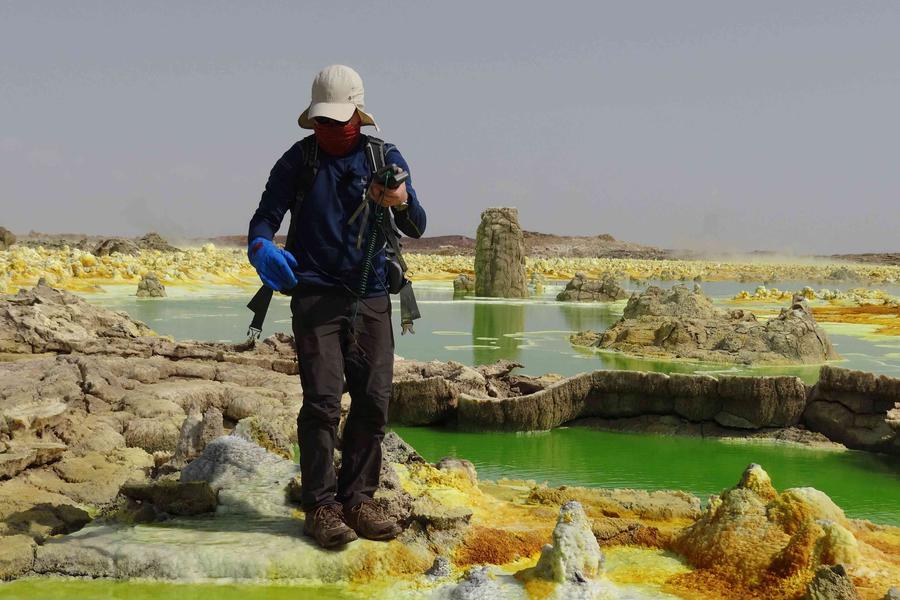A new expedition to the Chilean Andes in collaboration with the Universidad de Antofagasta to sample several salares and hot springs of the Altiplano (~4,000 m) in the Region of Atacama.

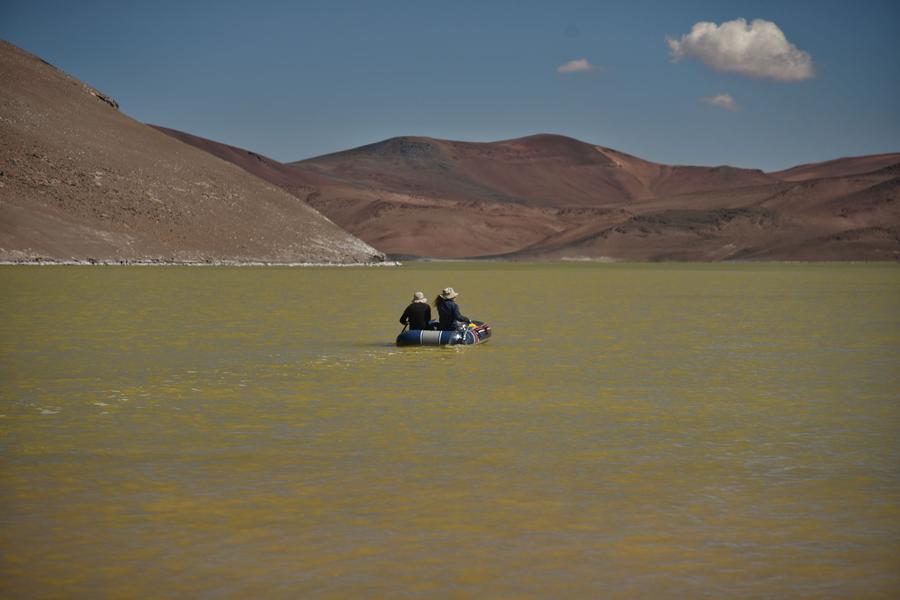











Second trip to sample thermokarstic lakes in Canada to study how different prokaryotic groups and their metabolisms are involved in greenhouse gas (CH4 and CO2) fluxes. This work is part of the multidisciplinary Prismarctyc Projet.





We have carried out a new expedition to sample plankton, microbial mats and sediments from the salares and hot springs of the Chilean altiplano (~4,000 m) in the Region of Atacama in collaboration with the Universidad de Antofagasta.












We have explored thermokarstic lakes formed by the degradation of the permafrost as part of the Prismarctyc Projet. We will study how prokaryotes are involved in greenhouse gas (CH4 and CO2) fluxes and their metabolic pathways.


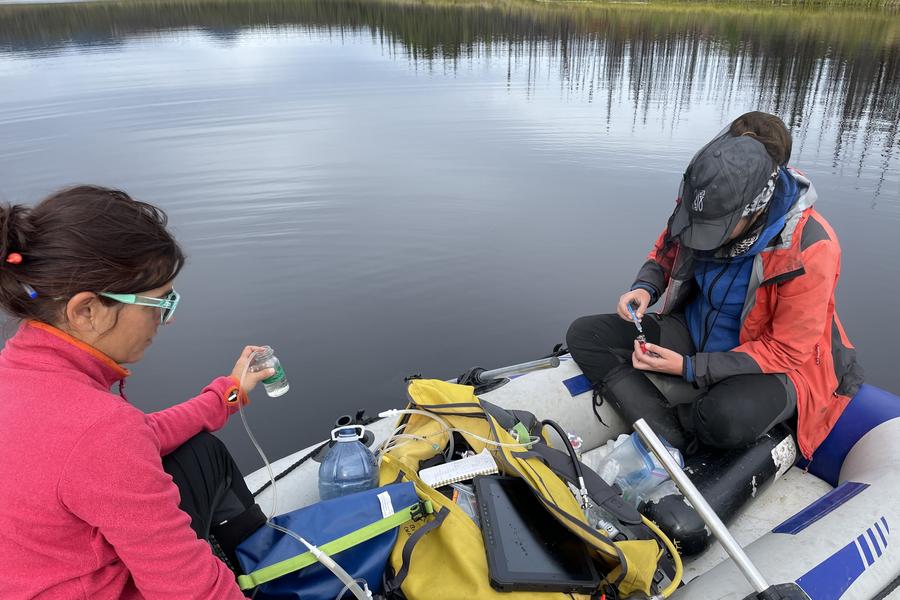




For several weeks, we have been sampling salt flats (salares) and hotsprings at high altitude in the North of the Chilean Altiplano (Region of Antofagasta). Collaboration with Cristina Dorador and Pablo Aguilar (University of Antofagasta).

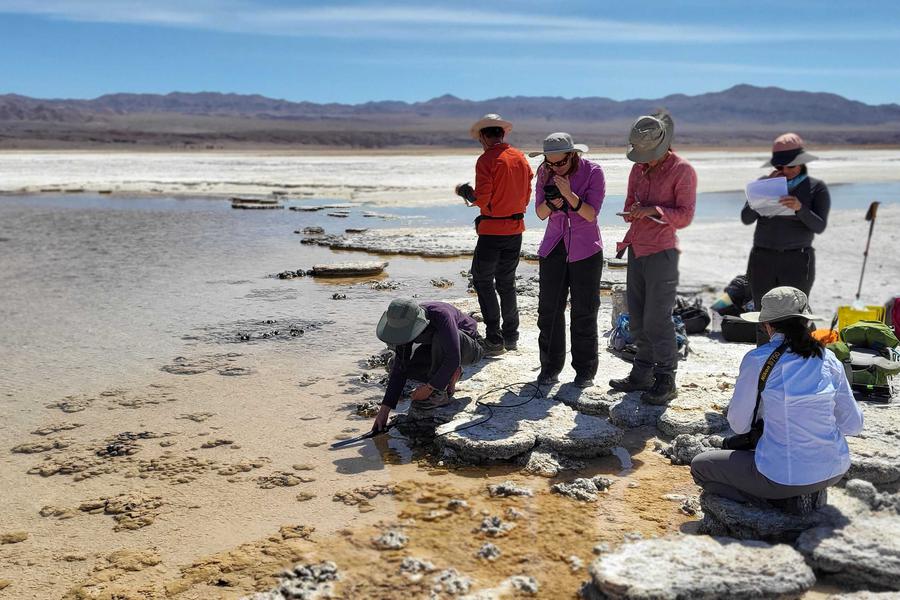
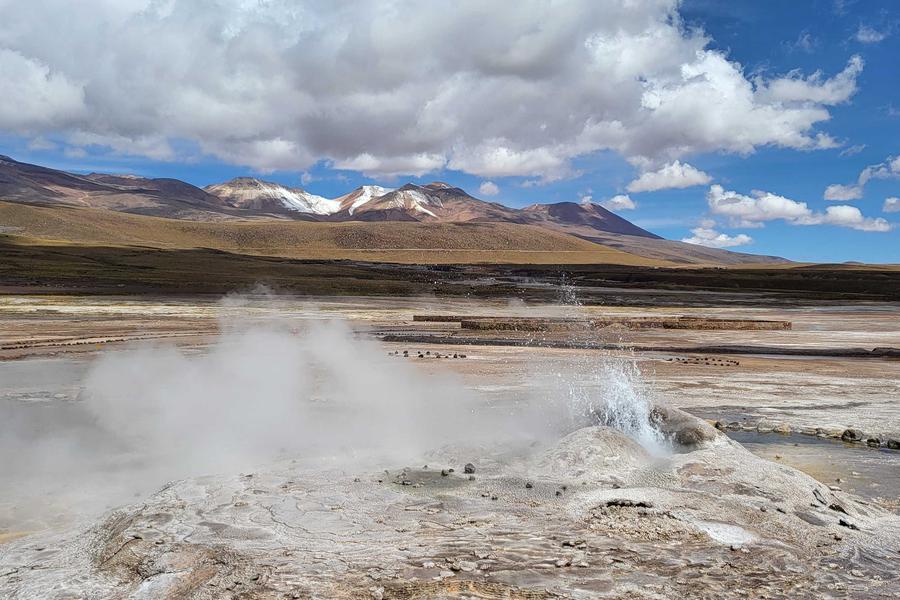




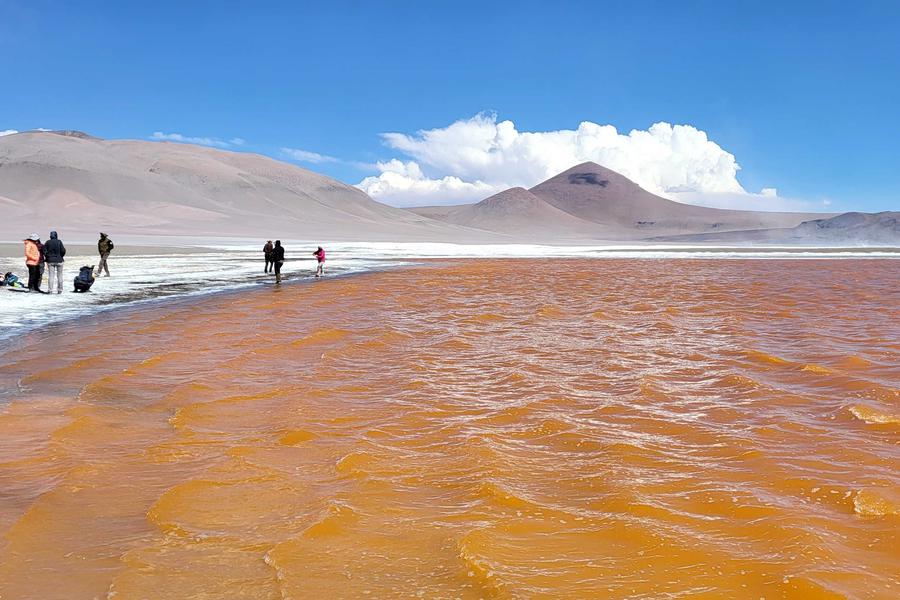










We have collected samples of microbial mats and sediments in diverse hot springs across the island, amidst volcanoes and glaciers. An incredible world of contrasts. And we were lucky enough to witness the Fagradalsfjall volcano eruption very close...



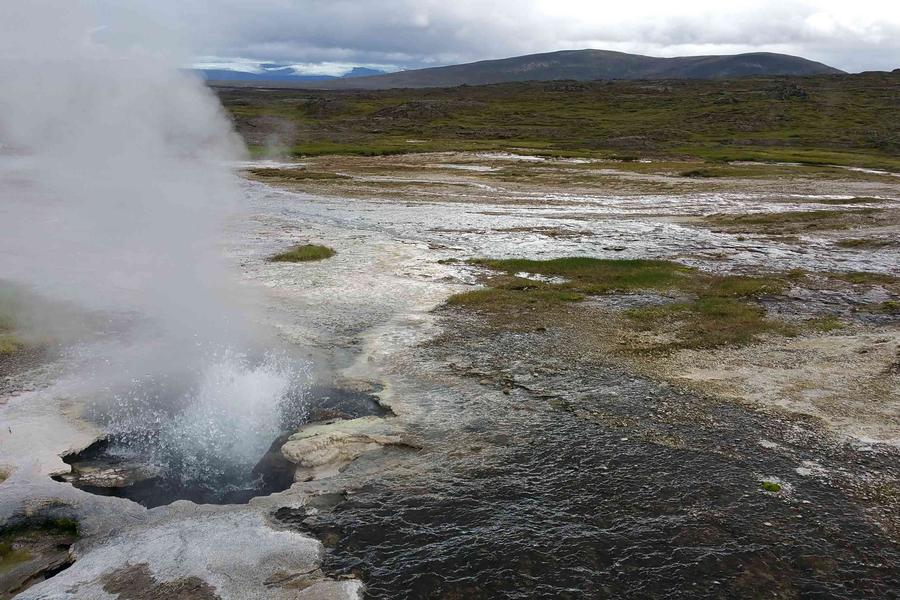
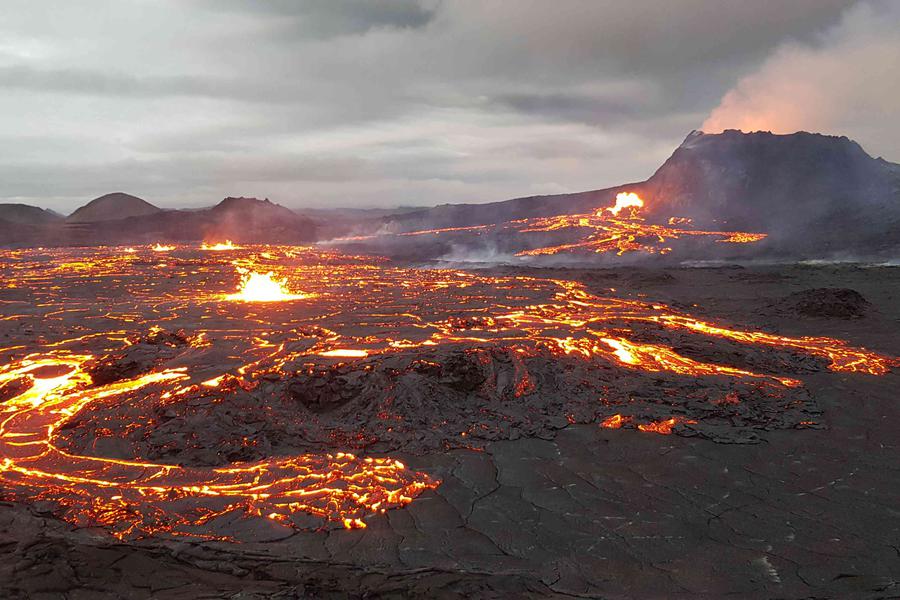



We studied the diversity of microbial communities in lakes formed by the melting of the permafrost and their role in the nitrogen cycle around Abisko. The team was composed of geologists, botanists, ecologists, geochemists and microbiologists.








Guided by Cristina Dorador and her team, we have sampled microbial mats and sediments along a salinity gradient in the high altitude (3800 m) Salar de Huasco in Chile.


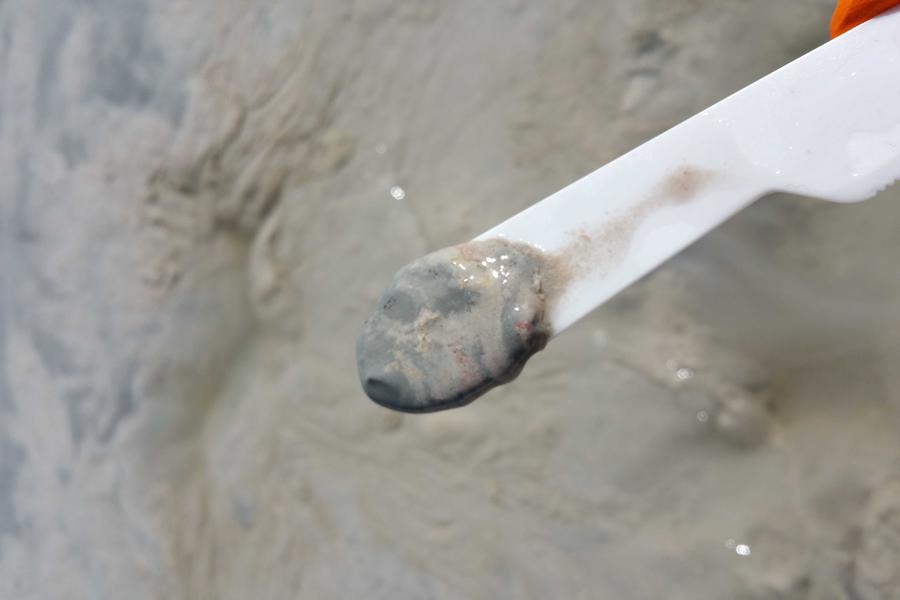




We have studied the microbial communities and the release of greenhouse gases in Siberian lakes with a multidisciplinary team composed of biologists, geochemists, geologists and chemists.







With our mineralogist and geochemist colleagues, we have sampled microbialites, plankton, and sediment of several crater lakes in different Mexican regions (Puebla, Michoacan, Chiapas) in the framework of our ANR project “Microbialites”. We will specifically focus on gene expression during diurnal cycles.






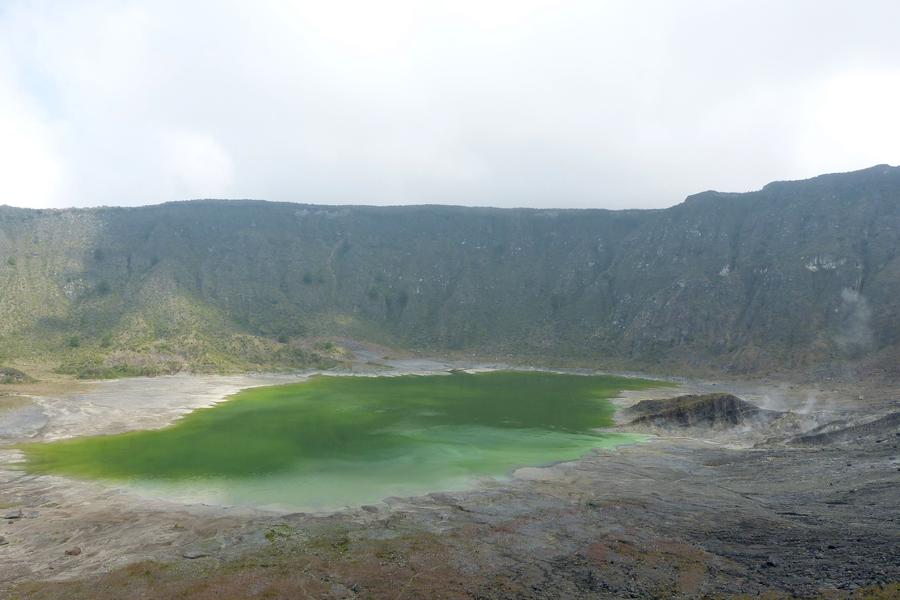



During our last expedition (January 2019), we visited and collected samples for biology, chemistry and geology analysis from the multi-extreme hydrothermal field of Dallol, in the Danakil Depression (Afar region, Ethiopia), which we are currently studying, but also from very remote hypersaline lakes close to the Erta Ale volcanic ridge.




We have studied the diversity and spatial distribution of small phytoplankton around the Kerguelen Islands and its contribution to CO2 fixation.







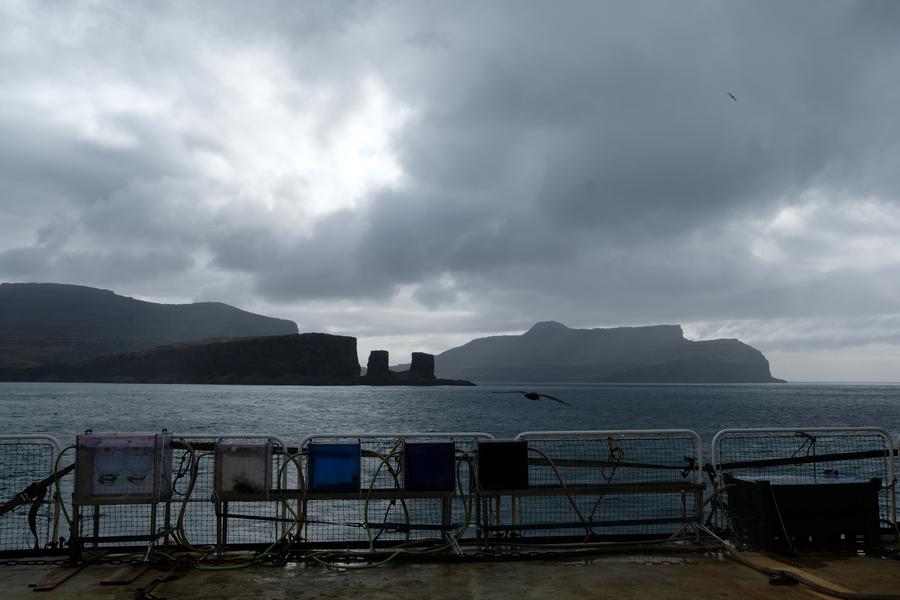
In collaboration with Nataliia Annenkova from the Limnology Institute of Irkutsk, Siberian Branch of the Russian Academy of Sciences, we carried out a research cruise along a North-South transect in the Baikal Lake. We had the opportunity to collect samples from Lake Baikal water column and sediments, as well as from the geothermal springs around the lake.



Our second expedition to the multi-extreme geothermal field of Dallol and its surroundings, Afar region, Ethiopia. We observed striking changes in the areas influenced by geothermal activity on the dome as compared to January 2016, with much more extensive areas covered by hyperacidic and salty hydrothermal ponds.
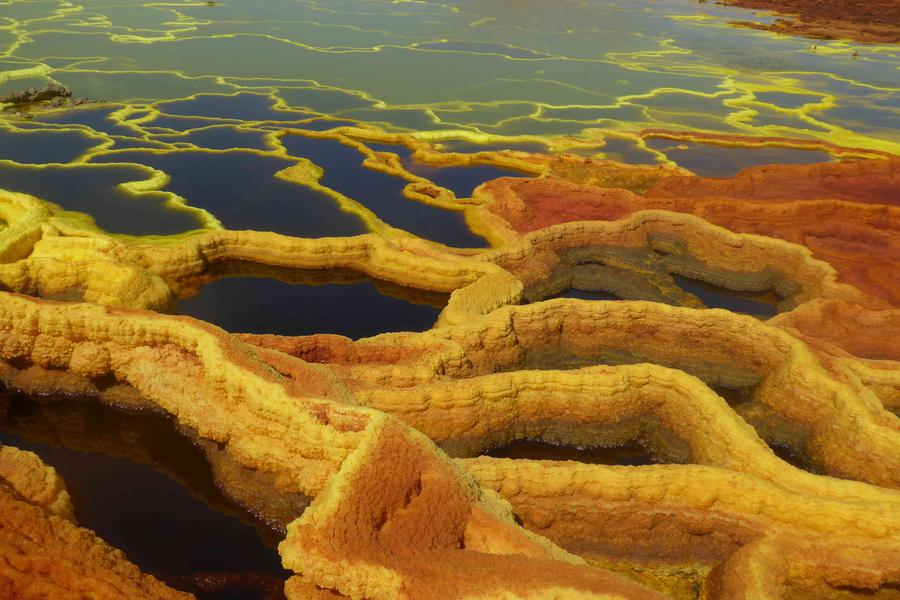



Our first expedition to the multi-extreme geothermal field of Dallol and its surroundings, Afar region, Ethiopia. An amazing combination of extreme temperature values (30-110°C), salt concentrations (20 to >50%) and pH (values down to slightly negative values!)


